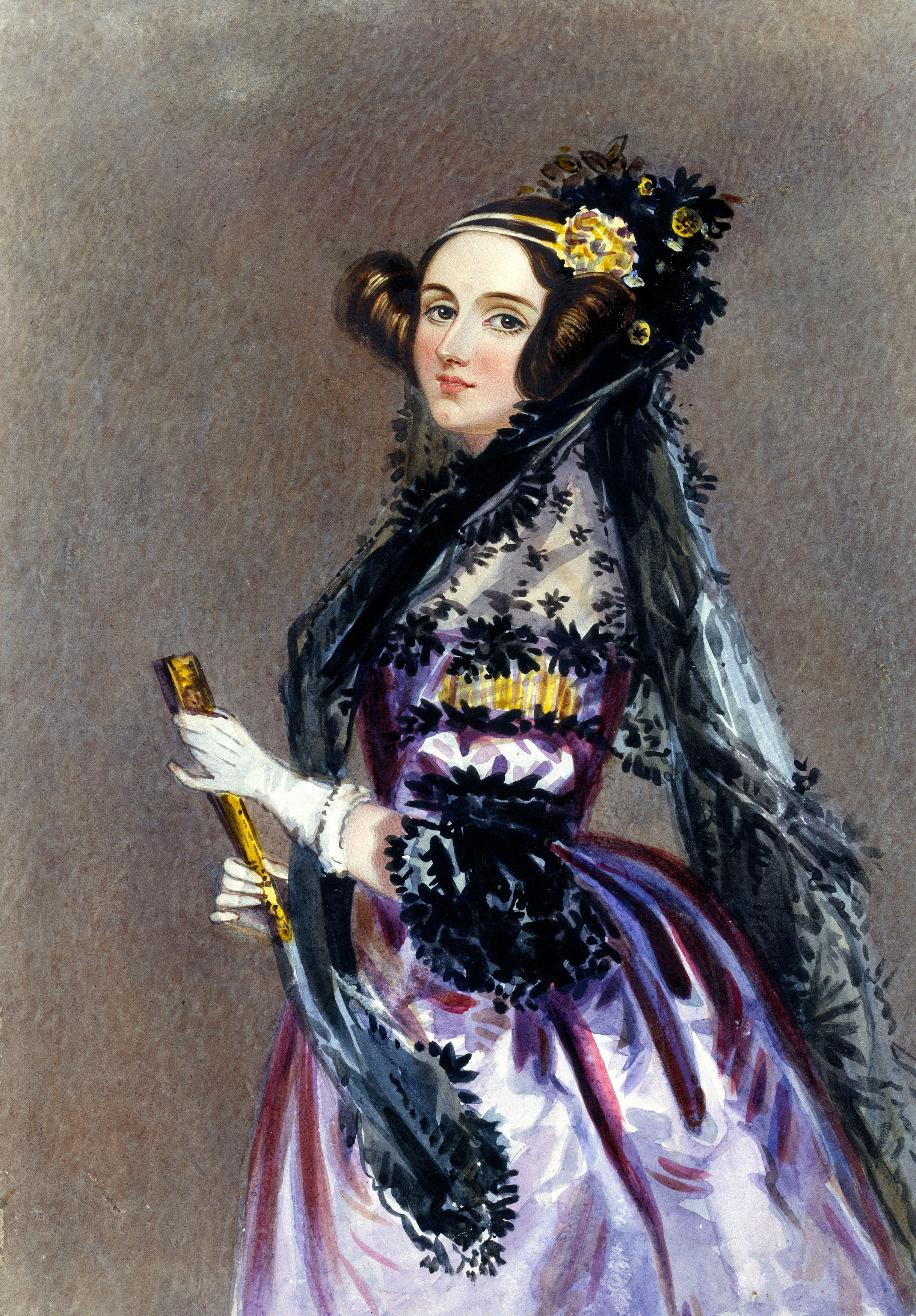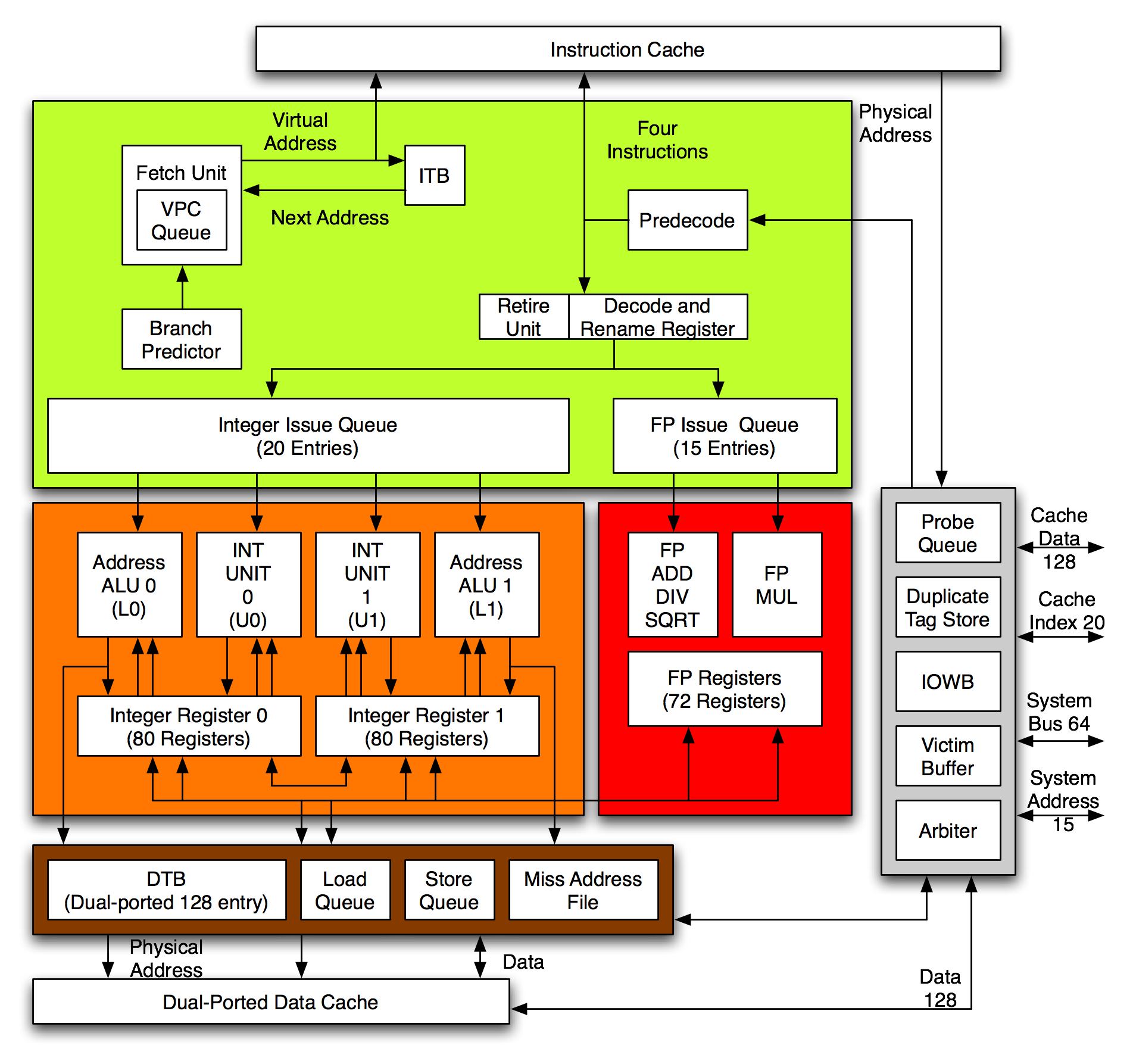|
Compaq Professional Workstation
The Compaq Professional Workstation was a family of workstations produced by Compaq. Introduced in late October 1996, the first entry in the family featured single or dual Pentium Pro processors. Later entries featured Pentium IIs and IIIs; the XP1000 was the only non-x86 based entry, featuring a DEC Alpha processor. Compaq aimed the Professional Workstation at computer-aided design users, software programmers, multimedia designers and financial workers. While workers of those fields primarily ran Unix-based operating systems on workstations at the time, the Compaq Professional Workstation came preinstalled with Windows NT 4.0 Workstation (later Windows 2000 Professional Windows 2000 is a major release of the Windows NT operating system developed by Microsoft and oriented towards businesses. It was the direct successor to Windows NT 4.0, and was released to manufacturing on December 15, 1999, and was officially ...). The line was discontinued in 2002. Models References ... [...More Info...] [...Related Items...] OR: [Wikipedia] [Google] [Baidu] |
Compaq
Compaq Computer Corporation (sometimes abbreviated to CQ prior to a 2007 rebranding) was an American information technology company founded in 1982 that developed, sold, and supported computers and related products and services. Compaq produced some of the first IBM PC compatible computers, being the second company after Columbia Data Products to legally reverse engineer the IBM Personal Computer. It rose to become the largest supplier of PC systems during the 1990s before being overtaken by Dell in 2001. Struggling to keep up in the price wars against Dell, as well as with a risky acquisition of DEC, Compaq was acquired for US$25 billion by HP in 2002. The Compaq brand remained in use by HP for lower-end systems until 2013 when it was discontinued. Since 2013, the brand is currently licensed to third parties for use on electronics in Brazil and India. The company was formed by Rod Canion, Jim Harris, and Bill Murto, all of whom were former Texas Instruments senior ... [...More Info...] [...Related Items...] OR: [Wikipedia] [Google] [Baidu] |
Programmer
A computer programmer, sometimes referred to as a software developer, a software engineer, a programmer or a coder, is a person who creates computer programs — often for larger computer software. A programmer is someone who writes/creates computer software or applications by providing a specific programming language to the computer. Most programmers have extensive computing and coding experience in many varieties of programming languages and platforms, such as Structured Query Language (SQL), Perl, Extensible Markup Language (XML), PHP, HTML, C, C++ and Java. A programmer's most often-used computer language (e.g., Assembly, C, C++, C#, JavaScript, Lisp, Python, Java, etc.) may be prefixed to the aforementioned terms. Some who work with web programming languages may also prefix their titles with ''web''. Terminology There is no industry-wide standard terminology, so "programmer" and " software engineer" might refer to the same role at different companies. Most typica ... [...More Info...] [...Related Items...] OR: [Wikipedia] [Google] [Baidu] |
Compaq Alpha-based Computers
Compaq Computer Corporation (sometimes abbreviated to CQ prior to a 2007 rebranding) was an American information technology company founded in 1982 that developed, sold, and supported computers and related products and services. Compaq produced some of the first IBM PC compatible computers, being the second company after Columbia Data Products to legally reverse engineer the IBM Personal Computer. It rose to become the largest supplier of PC systems during the 1990s before being overtaken by Dell in 2001. Struggling to keep up in the price wars against Dell, as well as with a risky acquisition of DEC, Compaq was acquired for US$25 billion by HP in 2002. The Compaq brand remained in use by HP for lower-end systems until 2013 when it was discontinued. Since 2013, the brand is currently licensed to third parties for use on electronics in Brazil and India. The company was formed by Rod Canion, Jim Harris, and Bill Murto, all of whom were former Texas Instruments senior managers. ... [...More Info...] [...Related Items...] OR: [Wikipedia] [Google] [Baidu] |
L2 Cache
A CPU cache is a hardware cache used by the central processing unit (CPU) of a computer to reduce the average cost (time or energy) to access data from the main memory. A cache is a smaller, faster memory, located closer to a processor core, which stores copies of the data from frequently used main memory locations. Most CPUs have a hierarchy of multiple cache levels (L1, L2, often L3, and rarely even L4), with different instruction-specific and data-specific caches at level 1. The cache memory is typically implemented with static random-access memory (SRAM), in modern CPUs by far the largest part of them by chip area, but SRAM is not always used for all levels (of I- or D-cache), or even any level, sometimes some latter or all levels are implemented with eDRAM. Other types of caches exist (that are not counted towards the "cache size" of the most important caches mentioned above), such as the translation lookaside buffer (TLB) which is part of the memory management unit (MMU) ... [...More Info...] [...Related Items...] OR: [Wikipedia] [Google] [Baidu] |
Windows 2000 Professional
Windows 2000 is a major release of the Windows NT operating system developed by Microsoft and oriented towards businesses. It was the direct successor to Windows NT 4.0, and was released to manufacturing on December 15, 1999, and was officially released to retail on February 17, 2000. It was Microsoft's business operating system until the introduction of Windows XP Professional in 2001. Windows 2000 introduced NTFS 3.0, Encrypting File System, as well as basic and dynamic disk storage. Support for people with disabilities was improved over Windows NT 4.0 with a number of new assistive technologies, and Microsoft increased support for different languages and locale information. The Windows 2000 Server family has additional features, most notably the introduction of Active Directory, which in the years following became a widely used directory service in business environments. Four editions of Windows 2000 were released: ''Professional'', ''Server'', ''Advanced Server'', an ... [...More Info...] [...Related Items...] OR: [Wikipedia] [Google] [Baidu] |
Windows NT 4
Windows NT 4.0 is a major release of the Windows NT operating system developed by Microsoft and oriented towards businesses. It is the direct successor to Windows NT 3.51, which was released to manufacturing on July 31, 1996, and then to retail on August 24, 1996. It was Microsoft's primary business-oriented operating system until the introduction of Windows 2000. Workstation, server and embedded editions were sold, and all editions feature a graphical user interface similar to that of Windows 95, which was superseded by Windows 98 and could still be directly upgraded by either Windows 2000 Professional or Windows Me. Mainstream support for Windows NT 4.0 Workstation ended on June 30, 2002, following by extended support ending on June 30, 2004. Windows NT 4.0 Server mainstream support ended on December 31, 2002, with extended support ending on December 31, 2004. Windows NT 4.0 Embedded mainstream support ended on June 30, 2003, followed by extended support on July 11, 2006, ... [...More Info...] [...Related Items...] OR: [Wikipedia] [Google] [Baidu] |
Unix
Unix (; trademarked as UNIX) is a family of multitasking, multiuser computer operating systems that derive from the original AT&T Unix, whose development started in 1969 at the Bell Labs research center by Ken Thompson, Dennis Ritchie, and others. Initially intended for use inside the Bell System, AT&T licensed Unix to outside parties in the late 1970s, leading to a variety of both academic and commercial Unix variants from vendors including University of California, Berkeley ( BSD), Microsoft ( Xenix), Sun Microsystems (SunOS/ Solaris), HP/ HPE (HP-UX), and IBM ( AIX). In the early 1990s, AT&T sold its rights in Unix to Novell, which then sold the UNIX trademark to The Open Group, an industry consortium founded in 1996. The Open Group allows the use of the mark for certified operating systems that comply with the Single UNIX Specification (SUS). Unix systems are characterized by a modular design that is sometimes called the " Unix philosophy". According to this p ... [...More Info...] [...Related Items...] OR: [Wikipedia] [Google] [Baidu] |
Computer-aided Design
Computer-aided design (CAD) is the use of computers (or ) to aid in the creation, modification, analysis, or optimization of a design. This software is used to increase the productivity of the designer, improve the quality of design, improve communications through documentation, and to create a database for manufacturing. Designs made through CAD software are helpful in protecting products and inventions when used in patent applications. CAD output is often in the form of electronic files for print, machining, or other manufacturing operations. The terms computer-aided drafting (CAD) and computer aided design and drafting (CADD) are also used. Its use in designing electronic systems is known as ''electronic design automation'' (''EDA''). In mechanical design it is known as ''mechanical design automation'' (''MDA''), which includes the process of creating a technical drawing with the use of computer software. CAD software for mechanical design uses either vector-based graph ... [...More Info...] [...Related Items...] OR: [Wikipedia] [Google] [Baidu] |
Workstation
A workstation is a special computer designed for technical or scientific applications. Intended primarily to be used by a single user, they are commonly connected to a local area network and run multi-user operating systems. The term ''workstation'' has been used loosely to refer to everything from a mainframe computer terminal to a PC connected to a network, but the most common form refers to the class of hardware offered by several current and defunct companies such as Sun Microsystems, Silicon Graphics, Apollo Computer, DEC, HP, NeXT, and IBM which powered the 3D computer graphics revolution of the late 1990s. Workstations offer higher performance than mainstream personal computers, especially in CPU, graphics, memory, and multitasking. Workstations are optimized for the visualization and manipulation of different types of complex data such as 3D mechanical design, engineering simulations like computational fluid dynamics, animation, medical imaging, image renderin ... [...More Info...] [...Related Items...] OR: [Wikipedia] [Google] [Baidu] |
DEC Alpha
Alpha (original name Alpha AXP) is a 64-bit reduced instruction set computer (RISC) instruction set architecture (ISA) developed by Digital Equipment Corporation (DEC). Alpha was designed to replace 32-bit VAX complex instruction set computers (CISC) and to be a highly competitive RISC processor for Unix workstations and similar markets. Alpha is implemented in a series of microprocessors originally developed and fabricated by DEC. These microprocessors are most prominently used in a variety of DEC workstations and servers, which eventually formed the basis for almost all of their mid-to-upper-scale lineup. Several third-party vendors also produced Alpha systems, including PC form factor motherboards. Operating systems that support Alpha included OpenVMS (formerly named OpenVMS AXP), Tru64 UNIX (formerly named DEC OSF/1 AXP and Digital UNIX), Windows NT (discontinued after NT 4.0; and prerelease Windows 2000 RC2), Linux (Debian, SUSE, Gentoo and Red Hat), BSD UNIX (N ... [...More Info...] [...Related Items...] OR: [Wikipedia] [Google] [Baidu] |
Alpha 21264
The Alpha 21264 is a Digital Equipment Corporation RISC microprocessor launched on 19 October 1998. The 21264 implemented the Alpha instruction set architecture (ISA). Description The Alpha 21264 is a four-issue superscalar microprocessor with out-of-order execution and speculative execution. It has a peak execution rate of six instructions per cycle and could sustain four instructions per cycle. It has a seven-stage instruction pipeline. Out of order execution At any given stage, the microprocessor could have up to 80 instructions in various stages of execution, surpassing any other contemporary microprocessor. Decoded instructions are held in instruction queues and are issued when their operands are available. The integer queue contained 20 entries and the floating-point queue 15. Each queue could issue as many instructions as there were pipelines. Ebox The Ebox executes integer, load and store instructions. It has two integer units, two load store units and two integ ... [...More Info...] [...Related Items...] OR: [Wikipedia] [Google] [Baidu] |




.jpg)



